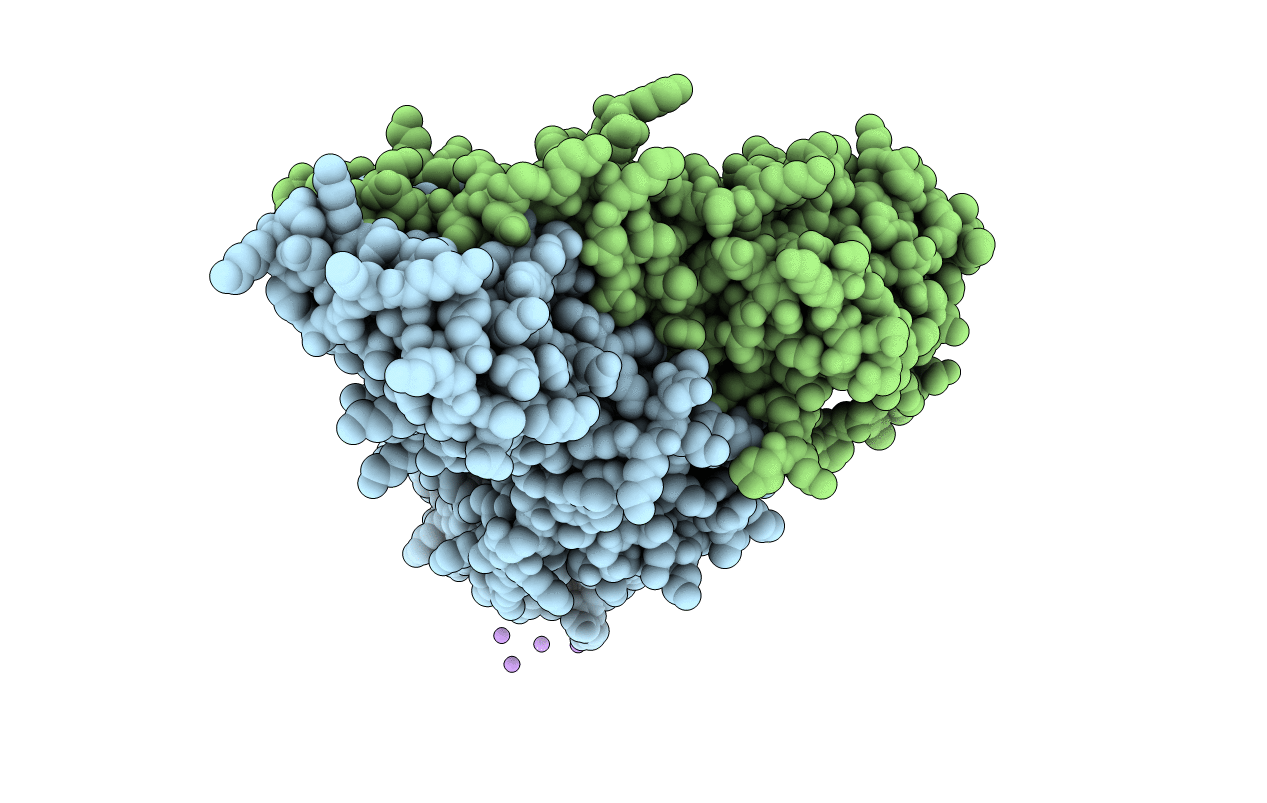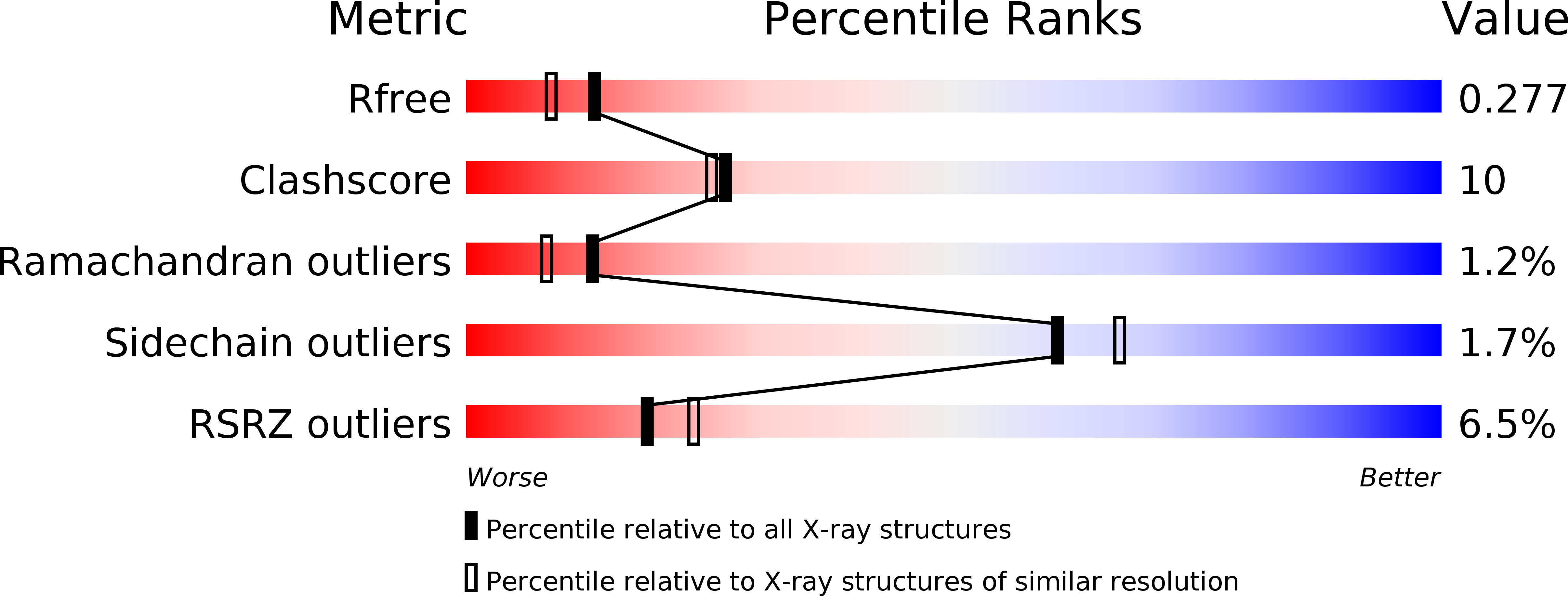
Deposition Date
2003-05-29
Release Date
2003-06-17
Last Version Date
2024-02-14
Entry Detail
PDB ID:
1PH6
Keywords:
Title:
Crystal Structure of THE OXYTRICHA NOVA TELOMERE END-BINDING PROTEIN COMPLEXED WITH NONCOGNATE SSDNA GGGGTTTTGTGG
Biological Source:
Source Organism:
Sterkiella nova (Taxon ID: 200597)
(Taxon ID: )
(Taxon ID: )
Host Organism:
Method Details:
Experimental Method:
Resolution:
2.10 Å
R-Value Free:
0.27
R-Value Work:
0.24
R-Value Observed:
0.24
Space Group:
P 61 2 2


